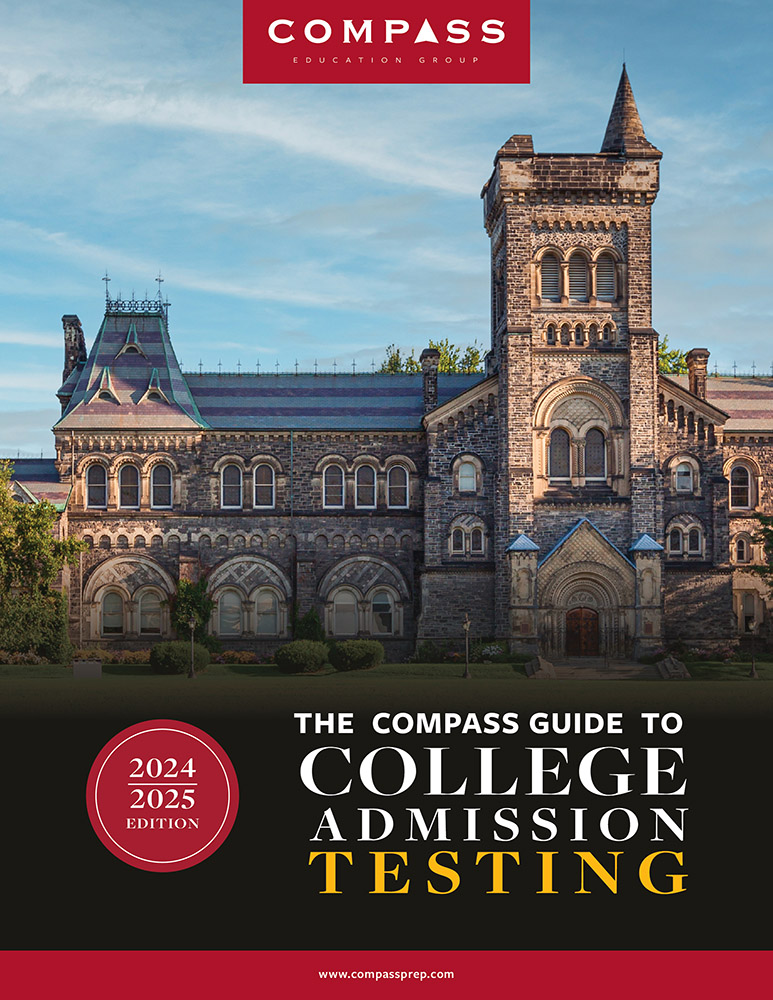
May 1 has come and gone; the dust has settled.
In April the rhetoric surrounding college admission inevitably comes to embrace the notion of choice as many students weigh their options prior to the National Candidates Reply Date on May 1. The month of April is a portentous period for college-bound students and their parents as families begin to transition, necessarily contemplating a change in their configuration. Emotions can run high as excitement and hope twine with a nervous energy that, in part, often incorporates a fear of missing out (FOMO, if you must). Here it would seem that much of the work of counselors lies in our ability to help students and families retain perspective through this process, validating their concerns even as we try to reframe them. On a practical level, individuals are often concerned with selecting the “right” college to attend and yet I cannot help but think about the invocation of “choice,” its assumed power, and its relationship to young people. As with most things, I tend to work through media artifacts in popular culture. In order to arrive at a deeper understanding of choice, I will explore how choice is presented to youth in an Old Navy advertisement and Young Adult (YA) fiction before suggesting that choice might in fact be constrained by dominant modes of thinking.
I Choose…Jeans
Back in 2012, while teaching an undergraduate class on marketing ethics for USC’s Marshall School of Business, I led my students into a discussion centered on a recently televised Old Navy commercial. The advertisement brought back actors Jennie Garth, Jason Priestly, and Luke Perry in a parody of Beverly Hills, 90210 (1990-2000) and its famous “I choose me” scene in which Kelly Taylor decides that she will choose to invest time in herself over either of her two suitors.
Ostensibly aimed both at a teen demographic and one that remembered the original show, I argued that although the commercial likely worked as humorous appeal to consumers, the larger issue was that a company had come to appropriate the notion of choice in order to sell jeans that were functional but not necessarily noteworthy (the whole purpose of commercial advertising, really). Put simply, instead of choosing herself, Jennie Garth now chose jeans! For me, this move represented a blatant effort to wrest agency away from persons, presenting them with the illusion of meaningful choice while absconding with its power.
The Finality of Choice
Taking a different approach, I had the students read the Beverly Hills, 90210 “I choose me” scene against the love triangle presented by Twilight—and the relative impossibility of readers aligning with Team Bella—to think about how the presentation of choice has changed in recent years. What does it mean to choose? What kinds of choices are being presented to us? What do our choices reveal about our priorities? The question is not whether we have choices but, in fact, what kinds of choices are made visible.
Young Adult fiction, in particular, has become an interesting place to explore the concepts of choice due to its relatively recent mainstream popularity and specifically the rise in dystopian settings, which are often concerned with people making difficult choices and their ability to do so. Although some of my thoughts regarding the theme of choice in YA are reflected in a piece for Slate that reads Harry Potter against Divergent with respect to clans/identity/choice, what is more directly salient is not just the relative importance of choice but the implications of being asked to declare a binding allegiance as a young person. Whether it is marriage, a house, or a faction, these frameworks support the notion for youth that choice is irrevocable and consequential. While useful as entry texts, I also encouraged students to push back against the presentation of choice in Harry Potter and Divergent as both tended to focus on the connection between innate qualities and group identity, legitimizing individualism and genetics over context, environment, and existing social structures. In spite of my occasional quibbles with them, there is a way to use YA texts like Divergent and Harry Potter (or, if you like, Enclave and Quarantine) to think about what it means for young people to make a decision that is, for them at least, often perceived as life-changing and somewhat irreversible: which school to attend.
Choice and Higher Education
But college enrollment is hardly the only choice that students and their parents will make throughout the college admission process; looked at cynically, it is in fact the ultimate choice that you get to make based on the way in which you have navigated an entire series of choices prior to that point: Which standardized test to take? How many times? Do I use score choice? What courses do I take? How did I choose to allocate my time in high school? Where did I choose to apply? How much debt might I be willing to incur?
From a certain angle, choice is a good thing for Americans—having choices are better than having no choices—but having an overwhelming number of choices is potentially paralyzing as psychologist Barry Schwartz describes in his book The Paradox of Choice. Ultimately, however, choice itself isn’t the problem so much as the confusion that stems from the absence of a clear framework for evaluating our choices and an understanding of what our choices actually mean for us, or what author Luke Dormehl, in quoting Harold Lasswell, referred to as “the ensemble of practices by which one uses available resources to achieve values.”
Here, I think, there is a certain amount of overlap with the nature of “choice” in the college admission process.
The ambiguous nature of choice promotes in us a desire to simplify the abstract, to make sense of the world. Conceptualized as a “will-to-order” by Lewis Mumford, we begin to understand the yearning to employ tools in the college admission process, like college rankings, that help to manage choice. Although many admission professionals decry the centrality of U.S. News & World Report rankings, one can argue that their existence performs a valuable function for students and parents as an authoritative voice that cuts through the noise.
But, at its core, what does it actually mean to make a choice in the college admission process? Is there merit to reframing the discussion in order to deemphasize the name of a school in favor of highlighting what the experience itself might bring? How can we change the college-going culture so that young people (and their parents) feel better equipped to make choices when they are presented? How do we get students and parents to complicate the notion of choice in order to consider that while an individual decision might be their own, the range of choices that they have are often influenced by external factors—for example, while an institution’s ranking might not be important in which school a student ultimately attends, a larger view also considers how the logic of ranking infiltrates education and makes particular avenues more salient for particular students in the first place—while remaining cognizant of the information overload that already exists? In what ways must we be self-reflexive as we guide students and parents toward making particular choices? Put another way, how do we, like Old Navy, encourage students to make particular kinds of choices in favor of others and what are the potential implications of our actions?
For me, the answer begins with a critical examination of choice: I want to support the ability of students and families to make informed choices but the question always remains, “A choice to do what?”
I want students to choose wisely.

